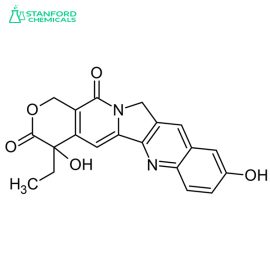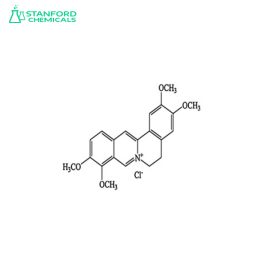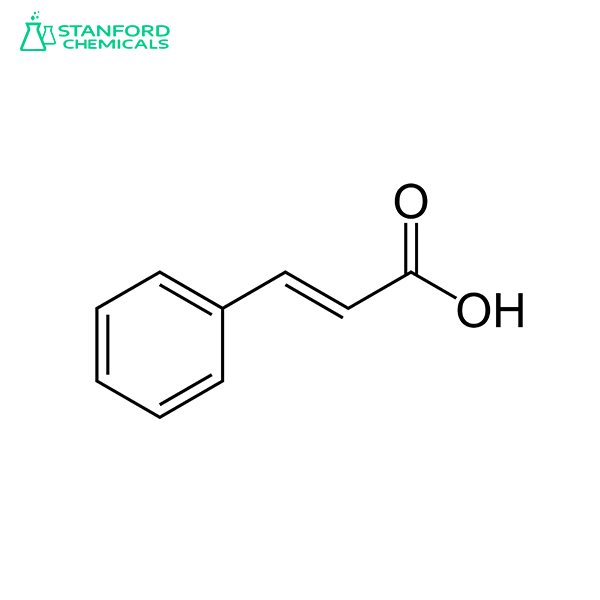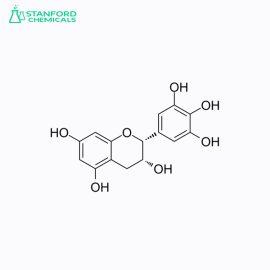Cinnamic acid
Cinnamic acid, a natural aromatic carboxylic acid found in cinnamon bark, is utilized for its antimicrobial, antioxidant, and anti-inflammatory properties, and as a flavor and fragrance agent in food, cosmetics, and pharmaceuticals, showcasing its versatile applications across various industries.
Overview:
Cinnamic acid is an organic compound that belongs to the family of aromatic carboxylic acids. It is naturally found in cinnamon bark and other plant sources, such as balsam trees. Known for its honey-like aroma, cinnamic acid serves as a key intermediate in the biosynthesis of flavonoids, lignin, and other essential plant compounds. Its properties have made it valuable not only in the flavor and fragrance industries but also in pharmaceuticals, where it is explored for its antimicrobial, antioxidant, and anti-inflammatory activities.
Cinnamic acid Key Features:
– Antimicrobial Activity: Exhibits efficacy against a range of bacterial and fungal pathogens.
– Antioxidant Properties: Helps in neutralizing harmful free radicals, protecting cells from oxidative stress.
– Anti-inflammatory Effects: Potentially reduces inflammation, offering benefits for inflammatory conditions.
– Flavor and Fragrance Agent: Widely used in the production of perfumes, flavorings, and cosmetic products due to its pleasant aroma.
Cinnamic acid Applications:
– Pharmaceuticals: Investigated for use in treatments targeting microbial infections, inflammation, and diseases caused by oxidative stress.
– Food Industry: Employed as a flavoring agent in a variety of food products.
– Cosmetics and Personal Care: Incorporated into products for its fragrance and potential skin health benefits.
– Agricultural: Used in certain pesticide formulations for its antimicrobial properties.
Cinnamic acid Functions:
– Promoting Health: Contributes to antimicrobial, antioxidant, and anti-inflammatory therapies.
– Enhancing Flavors and Fragrances: Adds a distinctive aroma and flavor to food and cosmetic products.
– Supporting Plant Health: Utilized in agriculture to protect crops from microbial threats.
Details

| Product Name | 10-Hydroxycamptothecin |
|---|---|
| CAS No. | 19685-09-7 |
| Molecular Formula | C20H16N2O5 |
| Molecular Weight | 364.35 |
| Botanical Source | Camptotheca acuminata |
| Purity | 98% HPLC |
| Appearance | Pale yellow powder |
| Package | 25 kg/drum |
| Storage | Stored in cool & dry places, protected from direct sunlight and heat. |

| Available Sizes | 30 capsules, 60 capsules, 90 capsules |
|---|---|
| Key Ingredient | High-quality, pure Palmatine Hydrochloride |




Reviews
There are no reviews yet.